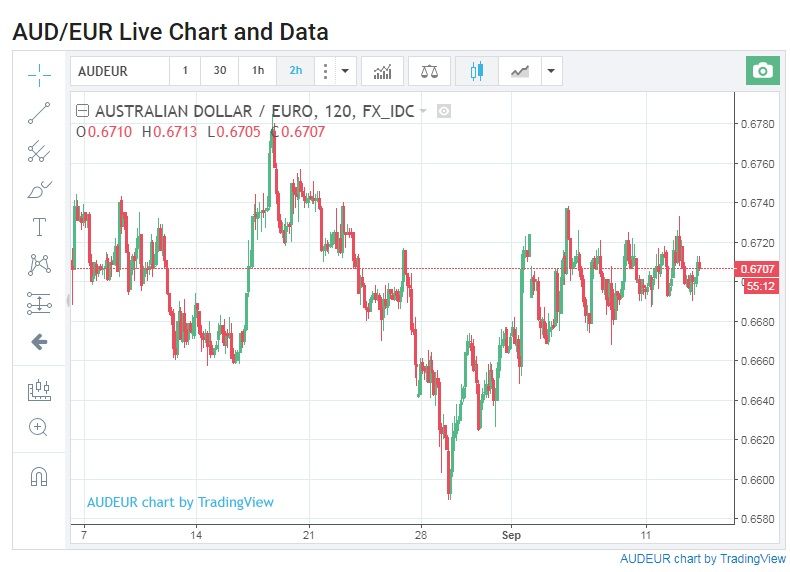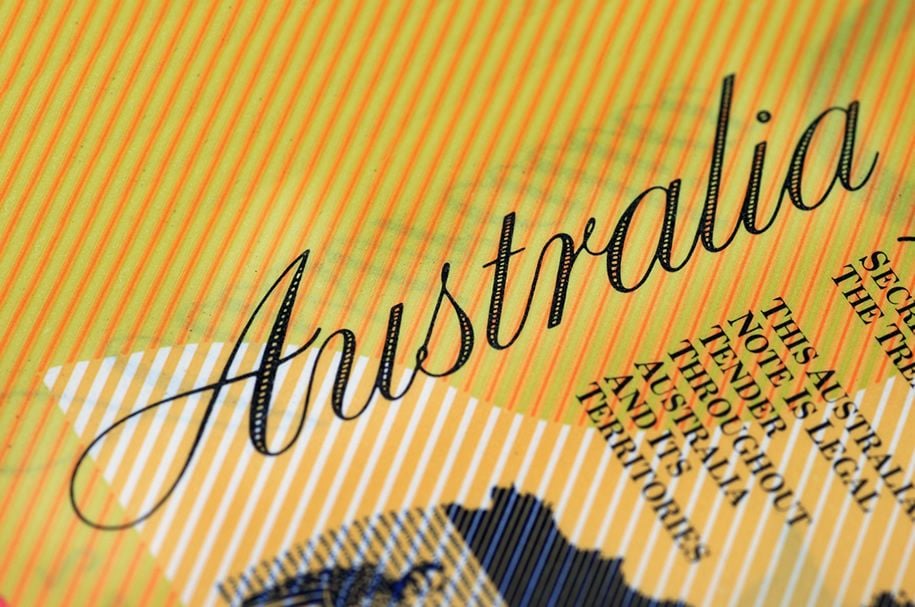Australian Dollar Strength Unlikely to Fade Soon
- Written by: James Skinner
“It is now likely that the RBA will be in a position by mid-2018 to remove some of the emergency stimulus in place."
The Australian Dollar is tipped to retain a positive bias through the remainder of 2017 amidst a recovery in commodity prices and a Reserve Bank of Australia (RBA) that is likely to raise interest rates again in 2018.
The Aussie has found fresh buying interest recently from a perceived dissipation of risks around North Korea’s missile tests.
“AUD has proven resilient against EUR in recent weeks and could yet probe 0.69 or EUR/AUD 1.45 in October if the ECB errs on the cautious side on tapering QE,” says Westpac strategist Sean Callow.
Commodity prices will be important going forward argues Callow who warns that there is the potential for AUD to suffer losses were the positive commodity story to fade.
“Eventually we see ranges breaking to the downside as cooler commodity prices chip away at AUD,” says Callow.
 Adding to the Aussie Dollar’s appeal is a stronger labour market, firming business investment and a pickup in GDP growth.
Adding to the Aussie Dollar’s appeal is a stronger labour market, firming business investment and a pickup in GDP growth.
This has helped to lift the mood around the Australian economy during the second-quarter, while some third-quarter data has also been positive.
And this feeds into expectations concerning future policy moves at the RBA which, alongside commodity prices, is a central pillar of Australian Dollar strength.
“The unemployment rate will be low enough by mid-2018 to give the RBA greater confidence that wages and inflation will pick up,” says Alan Oster, chief economist at National Australia Bank.
Oster and his team are now forecasting that the Reserve Bank of Australia will begin to lift the Australian cash rate in 2018, by a total of 50 basis points from its current record low of 1.50%.
“It is now likely that the RBA will be in a position by mid-2018 to remove some of the emergency stimulus in place,” Oster wrote Wednesday.

Source: National Australia Bank chart pack.
At the margin, such moves should provide support to the Australian Dollar which has over recent years relied on high interest rates relative to the rest of the world in order to attract foreign exchange inflows.
Should Australia's base interest rate start moving higher, this would on the surface be seen as positive for the currency. Oster forecasts two 25 basis point increases to the cash rate in 2019, which will take it to 2.5% by the end of that year.
With the US Federal Reserve raising interest rates Australia's yield advantage has diminished, and this has diminished the Aussie Dollar's attractiveness on this front.
“We still expect AUD/USD to decline modestly through 2017 on skinnier rate differentials and a weaker terms of trade profile,” says Sally Auld, head of AUD and NZD fx strategy at JPMorgan.
“However, lower conviction in the US wage and inflation outlook, persistent weakness in the USD, solid Chinese growth in 2017 so far and strength in spot commodity prices mean that the pace of decline is likely to be slow,” adds Auld.
Get up to 5% more foreign exchange by using a specialist provider by getting closer to the real market rate and avoid the gaping spreads charged by your bank for international payments. Learn more here.





